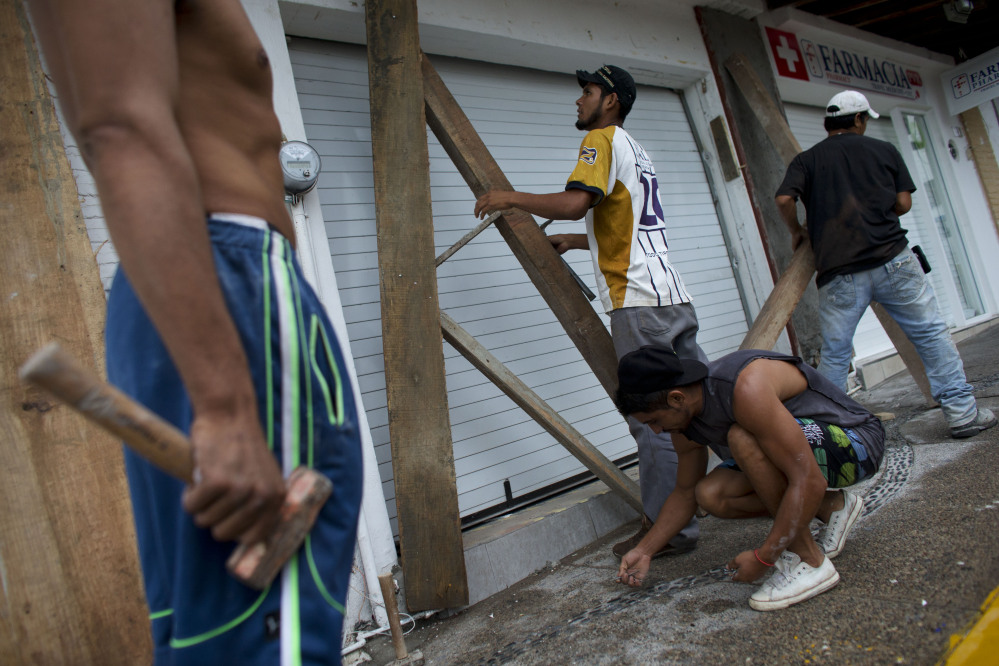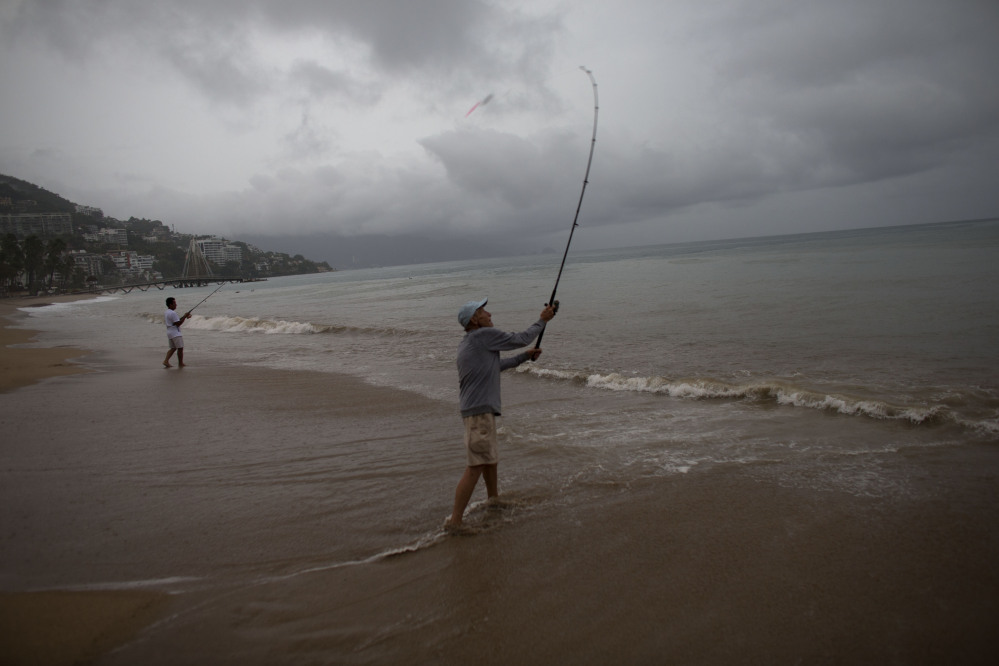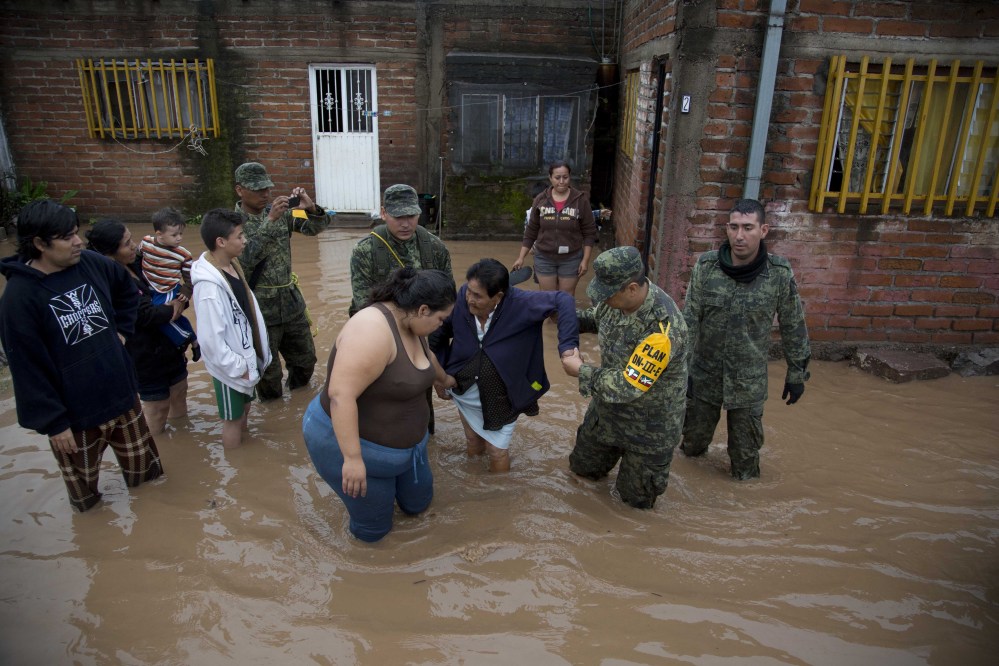AMECA, MEXICO — Hurricane Patricia, a storm of record-setting ferocity, proved no match for the Sierra Madre Occidental Mountains.
Patricia smashed ashore at almost the perfect location, meteorologists and Mexican officials said Saturday, making landfall with 160-mph winds on a sparsely populated stretch of Pacific coastline and then colliding with a tall, rugged mountain range that disrupted its swirling momentum and sapped its strength.
Confronted by those mountains, Patricia crumpled, rapidly shrinking from a Category 5 hurricane to a tropical depression as it limped inland. Still wary of possible flooding and landslides, Mexican officials were reluctant to “declare victory,” Transportation Secretary Gerardo Ruiz Esparza said at a Saturday news conference. But with no deaths reported and only minor damage, he said, “there was, let’s say, good fortune.”
From the beginning, Patricia has been an unusual creature. It grew astonishingly quickly at sea, at one point registering 200-mph winds – making it the strongest hurricane ever recorded in the Western Hemisphere. But, in some respects, it was puny.
When Patricia arrived in Mexico, its hurricane force winds extended only 35 miles from its center and its eye was only five miles across, limiting the area impacted by its strongest force, said Dennis Feltgen, a spokesman for the National Weather Service in the United States, which closely tracked the storm.
The storm also slipped neatly between two population centers, missing them both – the resort town of Puerto Vallarta to the north, and the port town of Manzanillo to the south.
“Had something like that hit a populated area like Puerto Vallarta, you would be looking at catastrophic destruction and probably fatalities,” Feltgen said in an interview. “We were very fortunate. It could have been much worse.”
On Saturday, rivers and creeks swelled and some crested their banks, causing scattered minor flooding and some property damage in the inland highlands of Jalisco, east of Puerto Vallarta. In spots, rees and boulders lay across roads where few vehicles other than phone utility trucks and the occasional military Humvee could be seen.
Yet, for the most part, the region looked more like it had been refreshed after a healthy rain than crushed by a massive storm.
Send questions/comments to the editors.





Success. Please wait for the page to reload. If the page does not reload within 5 seconds, please refresh the page.
Enter your email and password to access comments.
Hi, to comment on stories you must . This profile is in addition to your subscription and website login.
Already have a commenting profile? .
Invalid username/password.
Please check your email to confirm and complete your registration.
Only subscribers are eligible to post comments. Please subscribe or login first for digital access. Here’s why.
Use the form below to reset your password. When you've submitted your account email, we will send an email with a reset code.